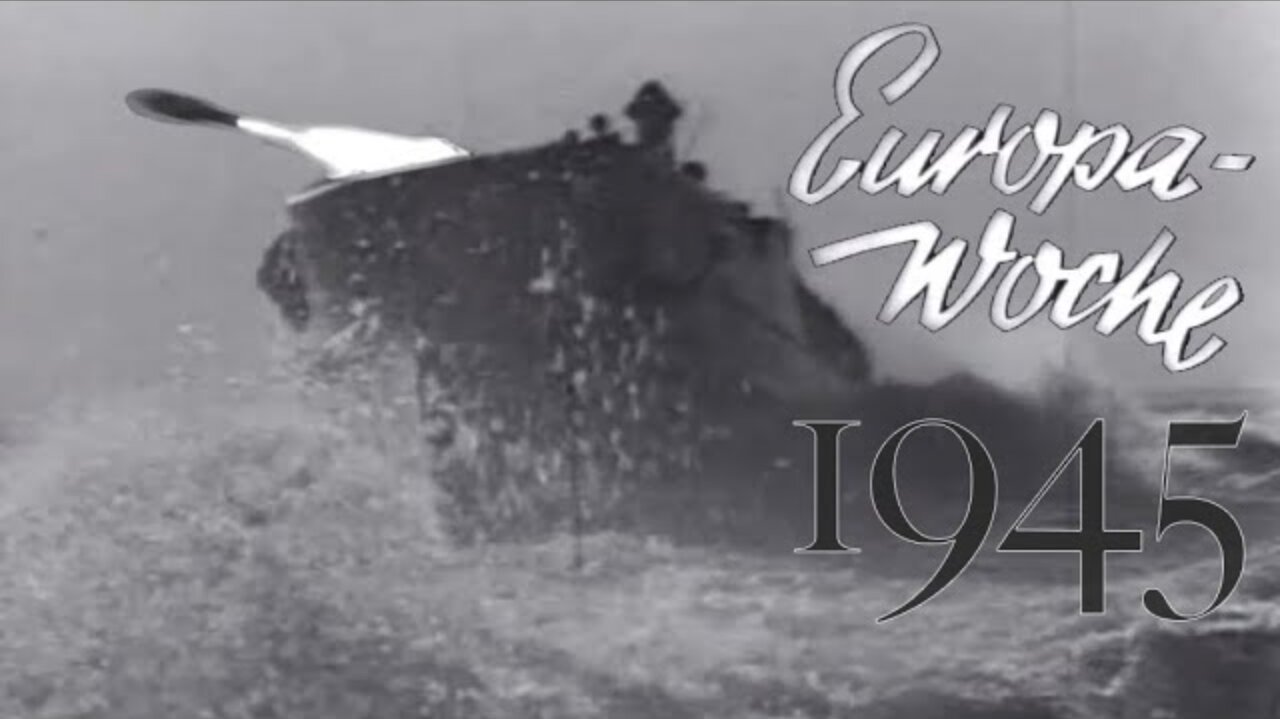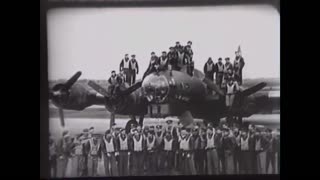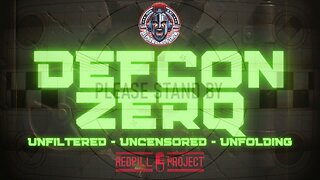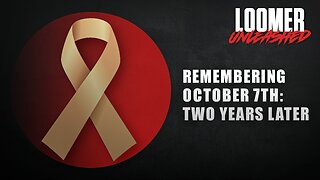Premium Only Content

German use of ROCKETS FROM SHIPS - Europa Woche 99, 1945 + Evacuation from Occupied Denmark
🔥PREVIEW ALL YOUTUBE VIDEOS
www.Patreon.com/Military1945
Episode 225
ORIGINALS for sale...
https://www.militaria1945.com
EUROPA WOCHE Nr. 99
16.1.45
1:04 - Designer and inventor Carl Friedrich Benz
1:46 - Apprentices training to become machine operators
3:29 - Training in a state craft school
4:43 - Reindeer herd
6:00 - Equestrian tournament in Spain
6:53 - Judo school
7:53 - Electrofishing
8:33 - Fish market in Denmark
9:46 - Versatile use of freight cars
11:12 - German convoy on the high seas
—
12:27 - Bonus: Evacuation of Germans solders from Denmark
The Nebelwerfer (transl. "fog launcher") was a World War II German series of weapons. They were initially developed by and assigned to the Army's Nebeltruppen. Initially, two different mortars were fielded before they were replaced by a variety of rocket launchers ranging in size from 15 to 32 centimetres (5.9 to 12.6 in). The thin walls of the rockets had the great advantage of allowing much larger quantities of gases, fluids or high explosives to be delivered than artillery or even mortar shells of the same weight. With the exception of the Balkans Campaign, Nebelwerfer were used in every campaign of the German Army during World War II. A version of the 21 cm (8.3 in) calibre system was adapted for air-to-air use against Allied bombers.
Rudolf Nebel, a German aviator and rocket builder whose last name translates as "fog", is sometimes incorrectly named as the inventor of the Nebelwerfer artillery. Nebel did, however, develop a powder-based rocket system with the same name that he used as a fighter pilot during World War I,[5] downing two British planes.
The Nebelwerfer's name, which translates as "fog launcher", had previously been given to a smoke-generating Nebelwerfer 35, and was later used for the 10 cm Nebelwerfer 40, which could deliver shells with chemical munitions, as well as high-explosive shells. The same name was then used for later rocket launcher systems. The name Nebelwerfer did remain in use for both systems, which was possibly not originally intended. The loud, shrill howling noise of the incoming rockets led Allied soldiers in the Sicily campaign to give it the nicknames "Screaming Mimi" and "Moaning Minnie".
28/32 cm Nebelwerfer 41
The 28/32 cm Nebelwerfer 41 rockets were introduced in 1941, before Operation Barbarossa. They used the same motor, but carried different warheads. The 28 centimetres (11 in) rocket had a HE warhead, while the 32 centimetres (13 in) rockets were incendiary. The maximum range for either rocket was only 2,200 metres (2,400 yd), a severe tactical drawback. Both could be fired from their wooden packing cases or a special wooden (schweres Wurfgerät 40 – heavy missile device) or tubular metal (schweres Wurfgerät 41 (sW.G. 41)) frame. Later, a towed launcher was developed that could take six rockets. Both rockets used the same launchers, but special liner rails had to be used for the 28 centimetres (11 in) rockets. A vehicular launch frame, the schwere Wurfrahmen 40 (sWu.R. 40), was also designed to improve the mobility of the heavy rockets. These were normally mounted on the sides of Sd.Kfz. 251 half-tracks, but they were also adapted for several different captured French tracked vehicles. The sWuR 40 was nicknamed the Stuka-zu-Fuß ("Stuka on Foot"). Over six hundred thousand rockets and 700 launchers, excluding the sW.G. and sWu.R. firing frames, were made during the war. In total, 345 launchers were built from 1941.
21 cm Nebelwerfer 42
The 21 cm Nebelwerfer 42 rocket, which was introduced in 1942, had a longer range (7,850 metres (8,580 yd)) and a simpler design than the smaller 15 cm rocket. It was only made with high-explosive warheads and was fired from a five-tube launcher that used the same carriage as the smaller weapon. Liner rails were used to allow it to fire the smaller 15 cm rocket. It was also adapted for use by the Luftwaffe to break up Allied bomber formations in 1943 as the Werfer-Granate 21. Over four hundred thousand rockets and 1,400 launchers were completed.
30 cm Nebelwerfer 42
The last German-designed rocket to be introduced was the 30 cm Nebelwerfer 42 in 1943. This was intended to replace the 28 and 32 cm rockets, which had too short a range. Advances in propellant chemistry also reduced its smoke signature. It could be fired from all of the same platforms as the older rockets and many of the older launchers were converted to be used with the newer rocket by installing adapter rails, although it also had its own purpose-designed launcher, the 30 cm Raketenwerfer 56. Fewer than two hundred thousand rockets and 700 launchers were built during the war.
-
 8:25
8:25
Military1945
6 months agoDie Wehrmacht 1944 Nr 4 Pt 2 - Air Defence - Flak 88 - FW 190 - Me 109 - Goering - 8th Air Force
1661 -
 4:49
4:49
Russell Brand
10 hours agoThis is Unbelievable...
23.6K42 -
 LIVE
LIVE
Badlands Media
10 hours agoDEFCON ZERQ Ep. 012: Featuring "AND WE KNOW" and a Special Guest
8,337 watching -
 2:56:36
2:56:36
TimcastIRL
4 hours agoLEAKED Memo Says NO BACK PAY For Federal Workers Amid Government Shutdown | Timcast IRL
244K145 -
 2:01:55
2:01:55
Inverted World Live
4 hours agoAI Robin Williams, Lab Grown Human Eggs, and Car-Sized Pumpkins | Ep. 119
5.57K2 -
 1:55:35
1:55:35
Turning Point USA
3 hours agoTPUSA Presents This is The Turning Point Tour LIVE with Vivek Ramaswamy!
24.2K19 -

Laura Loomer
3 hours agoEP148: Remembering October 7th: Two Years Later
11.5K5 -
 1:35:59
1:35:59
Flyover Conservatives
23 hours agoWARNING! October 7th Unpacked and Exposed: What REALLY Happened?; GEN Z BACKS HAMAS?! - Hannah Faulkner | FOC Show
26.3K2 -
 2:46:11
2:46:11
Barry Cunningham
4 hours agoPRESIDENT TRUMP IS BRINGING THE RECKONING TO THE DEEP STATE!
38.1K31 -
 LIVE
LIVE
Drew Hernandez
3 hours agoCANDACE OWENS LEAKED CHARLIE KIRK MESSAGES CONFIRMED REAL & DEMS PUSH TO TRIGGER CIVIL WAR
1,108 watching
